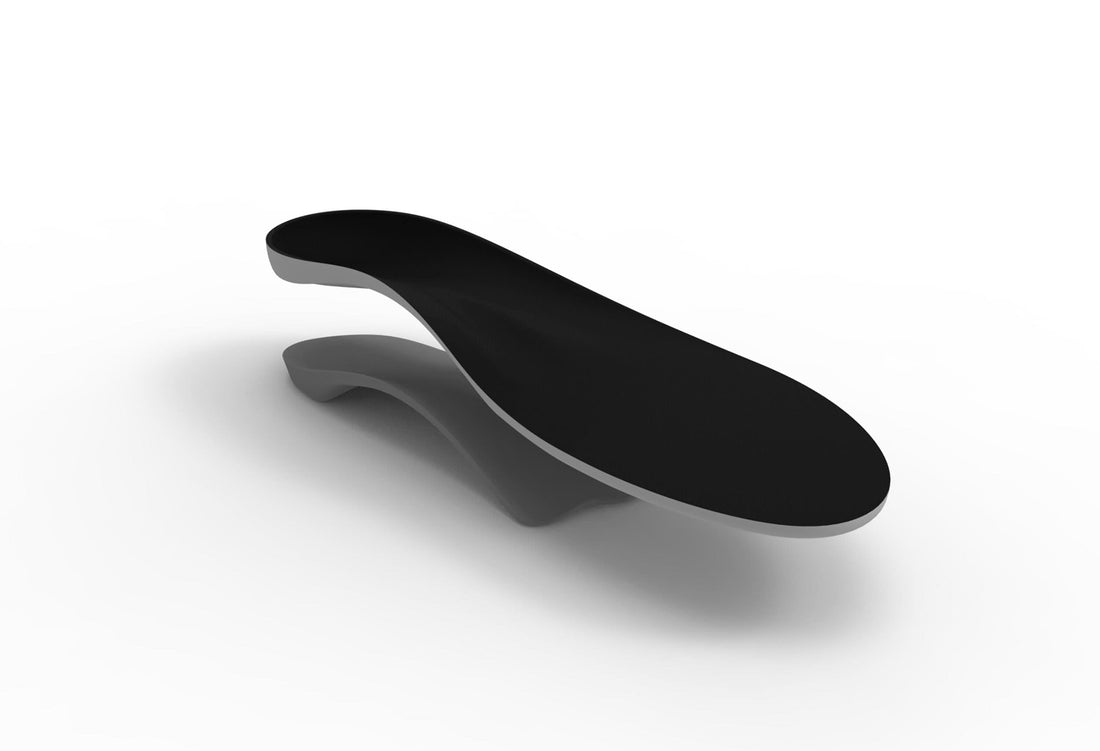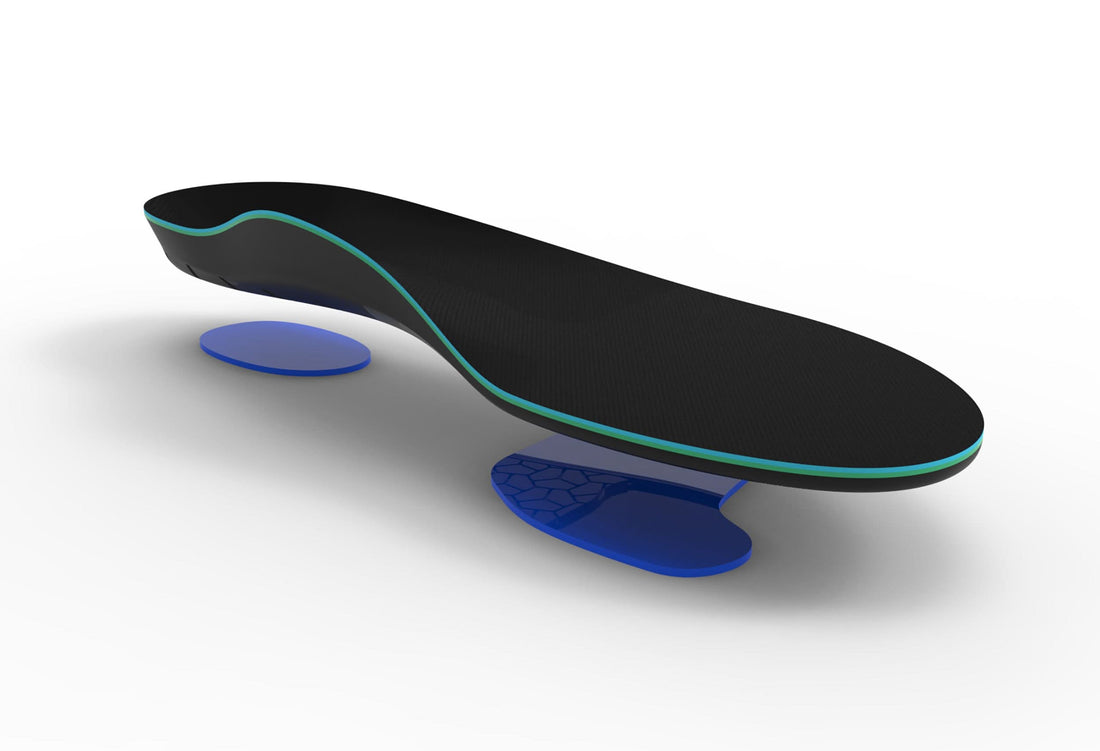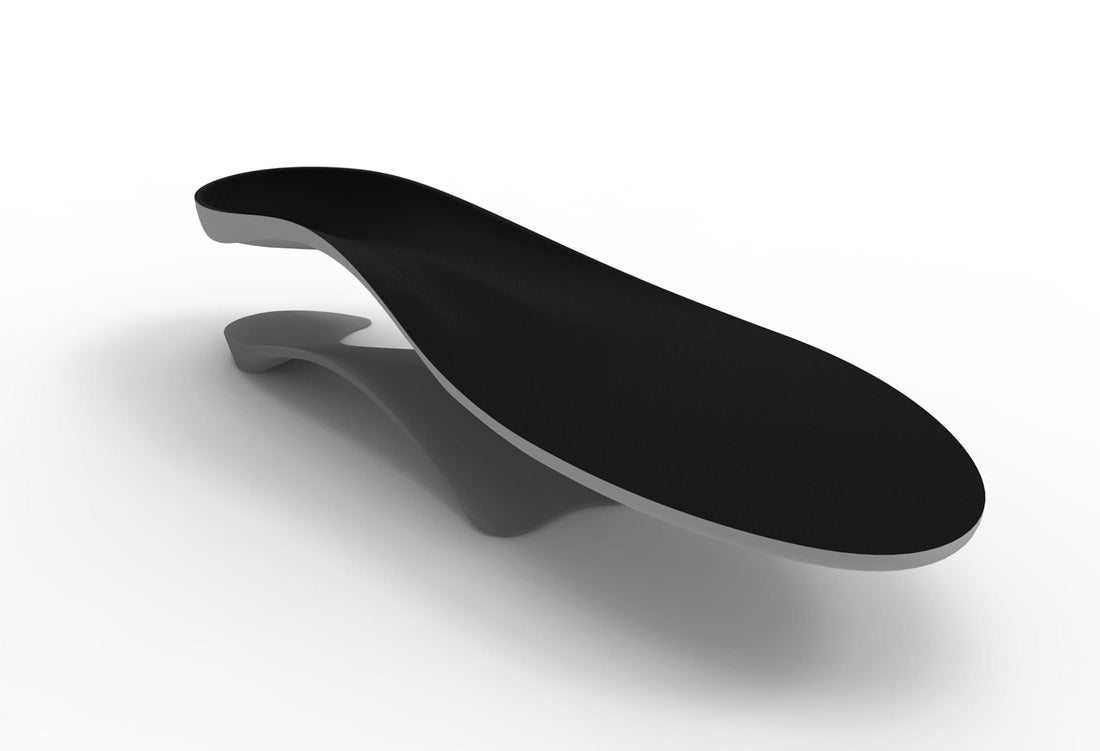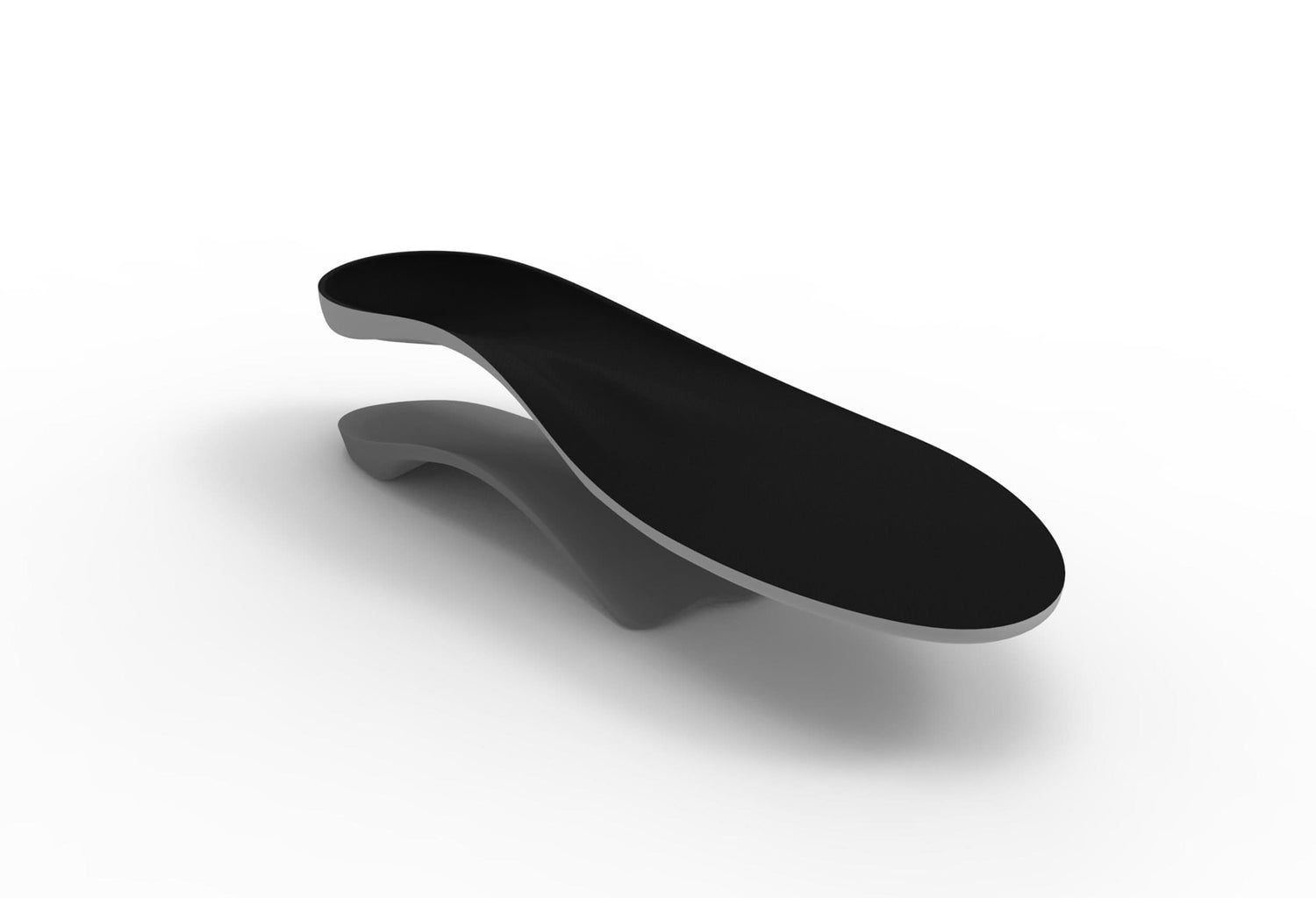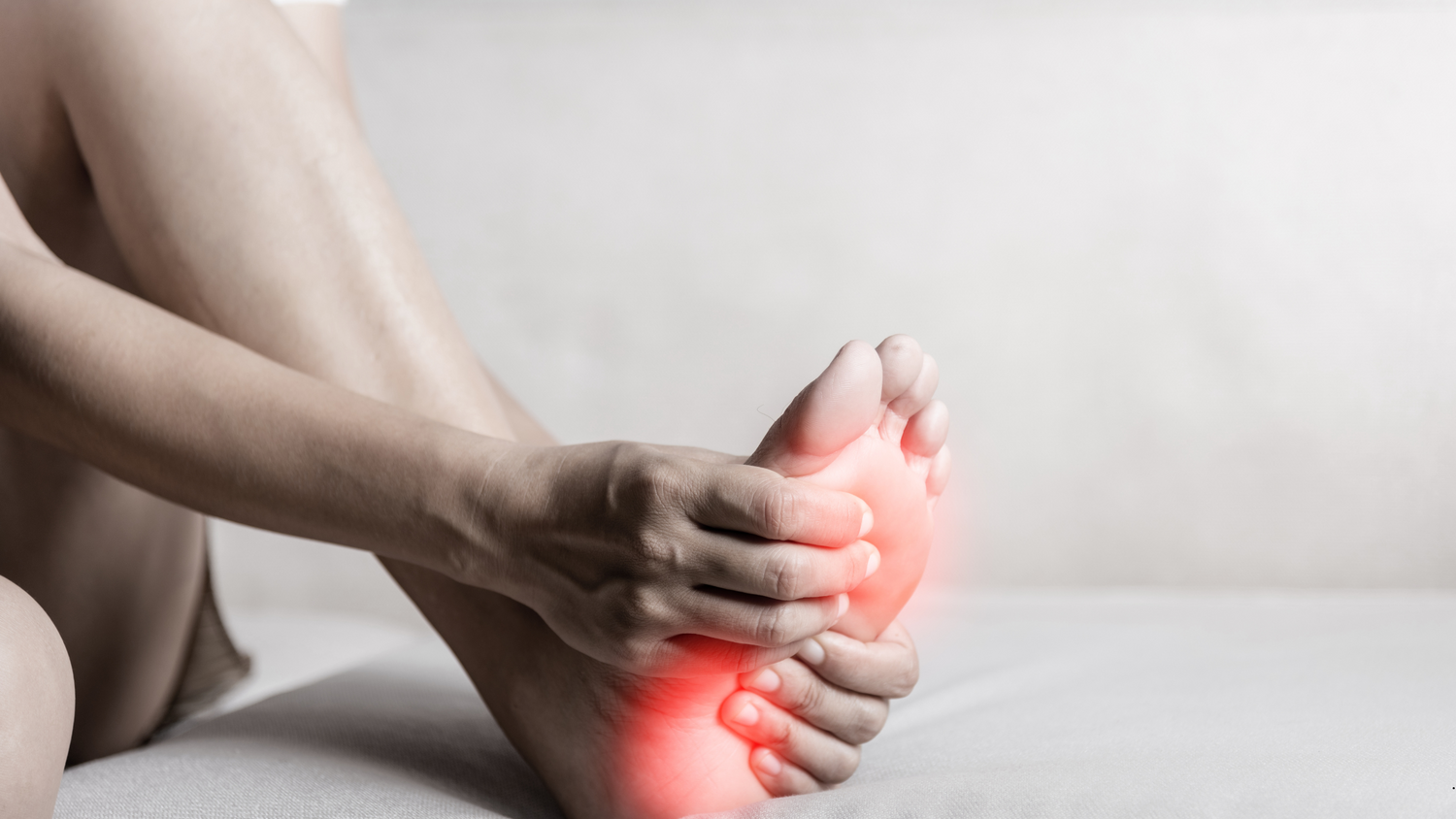 Introduction: Understanding Heel Pain and Plantar Fasciitis
Introduction: Understanding Heel Pain and Plantar Fasciitis
Heel pain, often caused by plantar fasciitis, affects millions worldwide, making every step a challenge. If you’re searching for relief, you might be wondering: *what makes plantar fascia insoles effective for heel pain?* In this guide, we’ll break down the science, share key features to look for, and explain why Interpod’s certified insoles are a top choice for lasting comfort.
How Interpod Plantar Fascia Insoles Work to Relieve Heel Pain
The Interpod plantar fascia insole, Model P, is specially designed to support the plantar fascia—the thick band of tissue running along the bottom of your foot. Here’s how they help:
- Arch Support: Using Interpod’s key design feature, the rearfoot wedge, they invert and lift the foot to reduce strain on the plantar fascia. This corrects your foot’s position, preventing overstretching—a common cause of heel pain.
- Heel Cushioning: Interpod’s medically designed insoles use in-built features to improve the natural biomechanics of the foot, helping it absorb shock and minimize impact during walking or standing.
- Alignment Correction: By inverting the foot and distributing pressure evenly, Interpod insoles correct misalignment that can worsen plantar fasciitis, promoting a healthier stride.
Interpod insoles, certified by the UK’s MHRA and CE-marked as Class I Medical Devices, are engineered to provide targeted support where you need it most.
Key Features of Effective Plantar Fascia Insoles:
Not all insoles are created equal. Here’s what to look for:
- Material Quality: Durable materials like Interpod’s NeuroFlex™ are lightweight and flex just the right amount to offer both cushioning and longevity, ensuring lasting comfort.
- Arch Height: Choose an insole with adequate rearfoot wedging, which inverts the foot and increases the arch height of the supporting orthotic. This helps resist pronation (inward rolling) and assists supination (outward rolling) for better foot alignment.
- Certifications: Look for ISO 9001:2015 certification, like Interpod’s through JAS-ANZ, ensuring consistent quality and safety standards.
- Plantar Fascial Groove and 1st Cutaway: These research-proven design features assist the Windlass Mechanism—a natural foot movement that reduces strain during supination—easing stress on the plantar fascia.
Why Choose Interpod’s Model P, a Plantar Fascia Insole?
Interpod insoles aren’t just effective—they’re trusted. The inbuilt design features, typically found only in expensive custommade orthotics, are supported by independent research from Podiatry Universities in Australia, the UK, US and Canada. As an MHRAcertified and CEmarked product, they meet strict UK and EU safety standards. Plus, Interpod’s ISO 9001:2015 certification guarantees quality you can rely on. Customers report significant heel pain relief within weeks, thanks to researchsupported designs like the rearfoot wedge and durable materials like NeuroFlex™.
How to Use Interpod Plantar Fascia Insoles for Best Results
- Wear them daily, starting with a few hours and gradually increasing usage.
- Pair with supportive shoes to maximize benefits.
- Remember, you may need Interpod’s slimmer SlimFit or Sport Orthotics to fit into your specialty shoes, ensuring support during all activities.
- Interpod’s NeuroFlex material insoles are designed for lasting support and come with a 5year guarantee. While built for durability, consider checking for wear or consulting a podiatrist if your foot health needs evolve over time."
Conclusion: Take the First Step Toward Pain Free Feet
If heel pain is holding you back, plantar fascia insoles can make a difference. With the right support, you can walk, stand, and live comfortably. Ready to experience relief?
Shop Interpod’s Podiatry University designed, MHRAcertified plantar fascia insoles today and step into comfort.


